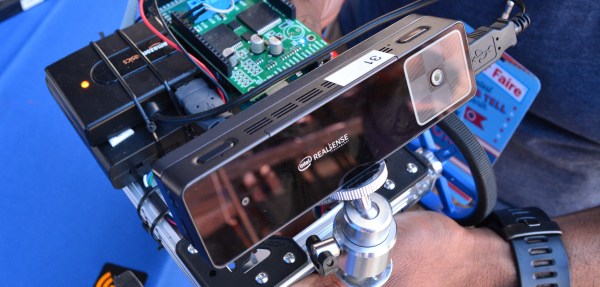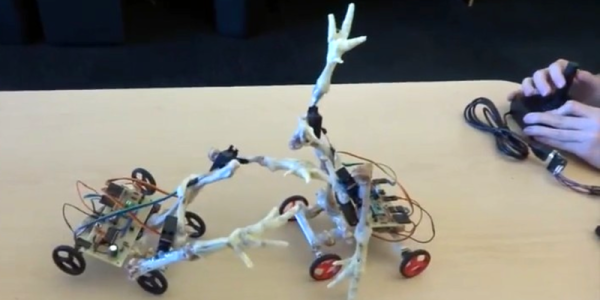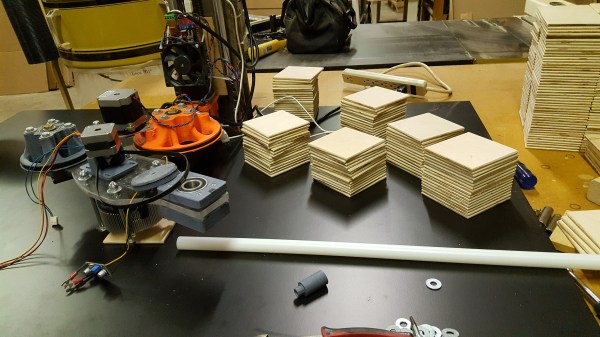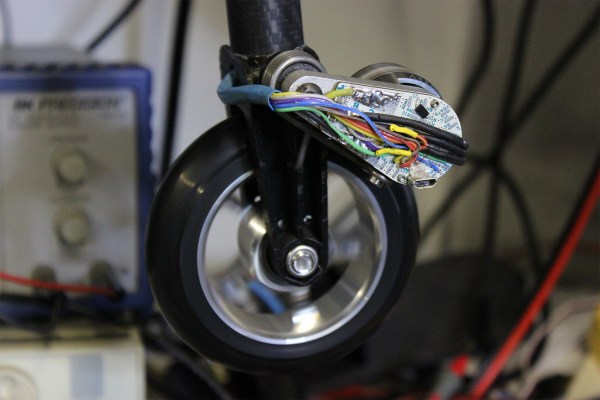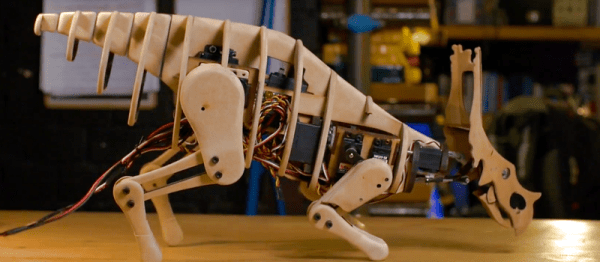At the Bay Area Maker Faire last weekend, Intel was showing off a couple of sexy newcomers in the Single Board Computer (SBC) market. It’s easy to get trapped into thinking that SBCs are all about simple boards with a double-digit price tag like the Raspberry Pi. How can you compete with a $35 computer that has a huge market share and a gigantic community? You compete by appealing to a crowd not satisfied with these entry-level SBCs, and for that Intel appears to be targeting a much higher-end audience that needs computer vision along with the speed and horsepower to do something meaningful with it.
I caught up with Intel’s “Maker Czar”, Jay Melican, at Maker Faire Bay Area last weekend. A year ago, it was a Nintendo Power Glove controlled quadcopter that caught my eye. This year I only had eyes for the two new computing modules on offer, the Joule and the Euclid. They both focus on connecting powerful processors to high-resolution cameras and using a full-blown Linux operating system for the image processing. But it feels like the Joule is meant more for your average hardware hacker, and the Euclid for software engineers who are pointing their skills at robots but don’t want to get bogged down in first-principles of hardware. Before you rage about this in the comments, let me explain.
Continue reading “Intel’s Vision For Single Board Computers Is To Have Better Vision”

